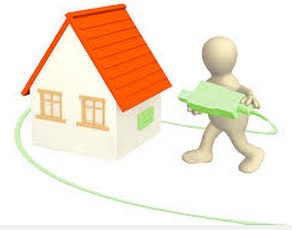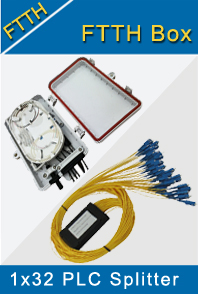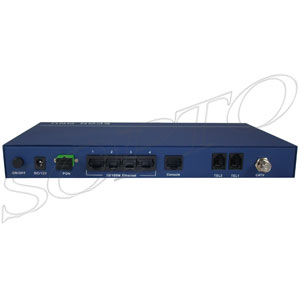-

- Sopto Home
-

- Special Topic
-

- FTTH Knowledge
-

- Fiber to the Cabinet Installation Info
FTTH Knowledge
- Solving the FTTH Rollout Problem in Multiple Dwelling Units
- WDM PON Introduction FAQ
- A Simple Overview of Optical Power Meter
- ODN is based on PON FTTH Optical Cable Network of the Device
- Using an OTDR to be an Expert in Fiber Link Testing
- How FTTH Broadband Works?
- Connections among Fiber Terminal Boxes & Patch Cables & Pigtails
- Easy to Install a Fiber Terminal Box
- What is Arrayed Waveguide Grating?
SOPTO Special Topic
Certificate



Guarantee
Except products belongs to Bargain Shop section, all products are warranted by SOPTO only to purchasers for resale or for use in business or original equipment manufacturer, against defects in workmanship or materials under normal use (consumables, normal tear and wear excluded) for one year after date of purchase from SOPTO, unless otherwise stated...
Return Policies
Defective products will be accepted for exchange, at our discretion, within 14 days from receipt. Buyer might be requested to return the defective products to SOPTO for verification or authorized service location, as SOPTO designated, shipping costs prepaid. .....
Applications

Sopto supply the best FTTH solutions for your network!
SOPTO Products
- Fiber Optic Transceiver Module
- High Speed Cable
- Fiber Optical Cable
- Fiber Optical Patch Cords
- Splitter CWDM DWDM
- PON Solution
- FTTH Box ODF Closure
- PCI-E Network Card
- Network Cables
- Fiber Optical Adapter
- Fiber Optical Attenuator
- Fiber Media Converter
- PDH Multiplexers
- Protocol Converter
- Digital Video Multiplexer
- Fiber Optical Tools
- Compatible
Related Products
Performance Feature
FTTH Knowledge
Recommended

Fiber to the Cabinet Installation Info
Firstly, what is FTTC, Fibre To The Cabinet is a service that BT is rolling out throughout the UK to provide stable, fast broadband to home users without requiring additional equipment to the customer premises. The service to the client premises is still delivered over the standard copper pairs used for PSTN provision, in the same way ADSL and ADSL2+ are, and it uses the same basic technology of frequency shift to 'shift' the data bits into a higher frequency range. The separation of this at customer premises takes place within the BT master socket, which is replaced during the installation of FTTC by a BT engineer. At the other end of your line things change quite dramatically.
In ADSL/ADSL2+ the BT copper pairs go from your master socket to a junction box in the street (the street cab), this then can pass through other street cabs/junction boxes and then eventually ends back in a BT exchange on a Main Distribution Frame (MDF). From here your line goes into an ADSL line card which is part of the DSLAM and provides the modem part (modulation, de-modulation). This then turns into a 'regular' Ethernet-like connection and will be fed back to BT Wholesale via their fibre connections to the exchange.

In FTTC the street cabinet is upgraded and takes a fibre connection from the exchange. The street cabinet then has the fibre-to-copper hardware inside it and this then uses the copper pairs to your premises to transmit the broadband. This reduces the distance the copper pairs are transmitting the data signal, and therefore provides much higher quality and therefore potential speeds.



